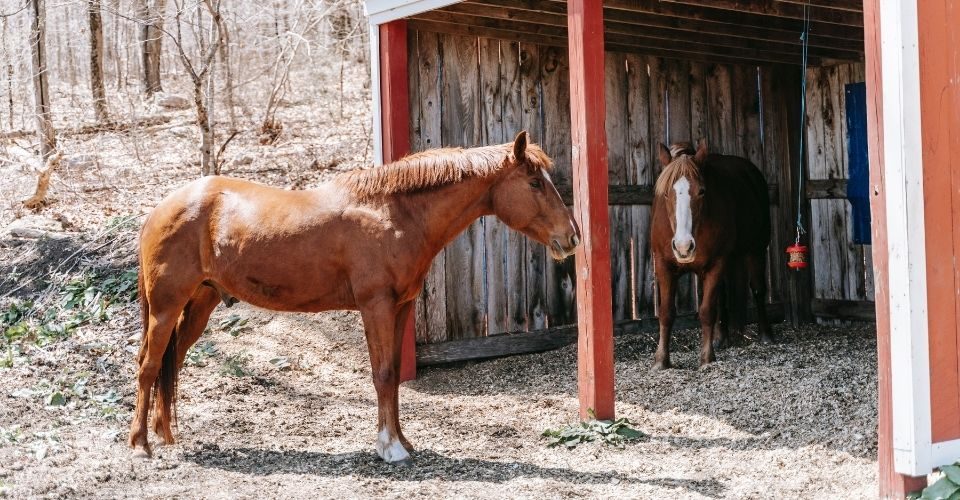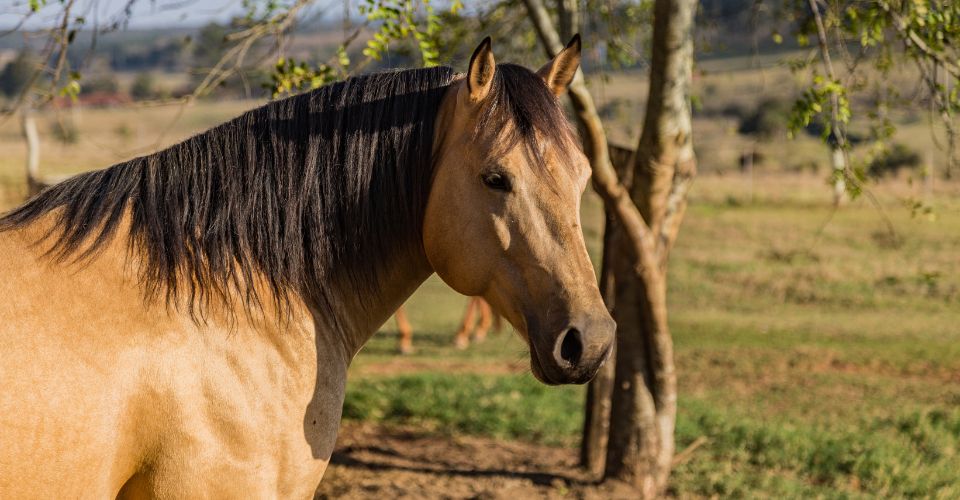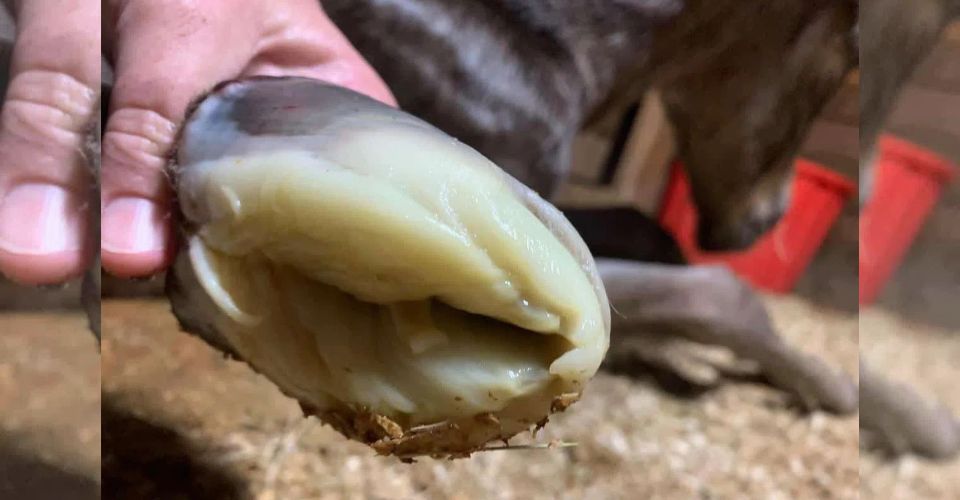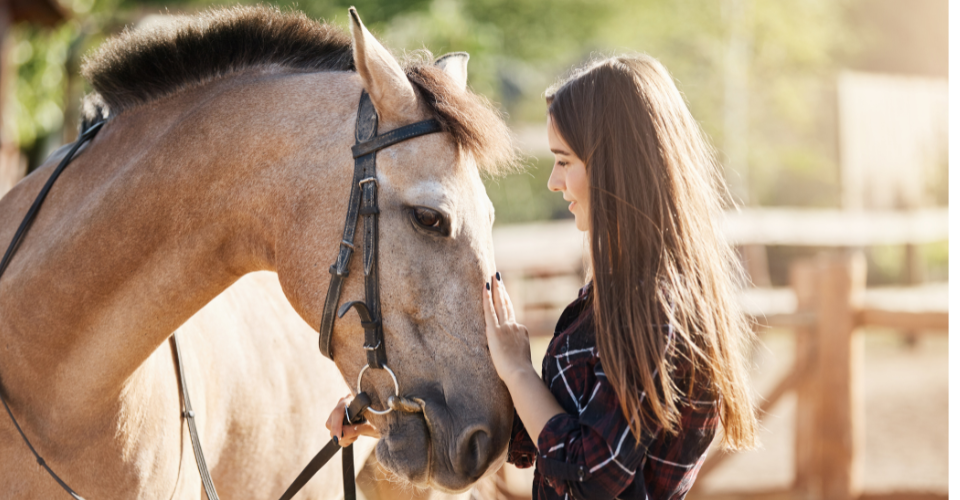Want to know which is the best medieval war horse breed? What are the top 10 medieval war horse breeds? How many types of battle horses are there?
You are in the right place. Read on as we discuss the most popular horses of medieval times in the lines below.
Medieval War Horse Breeds
War horse breeds were highly prized animals in the Middle Ages, as they were used to transport mounted troops into battles. Several modern-day breeds were created for the primary purpose of assisting men in battle in medieval and ancient times.
The Friesian, Andalusian, Arabian, and Percheron were the most common yet popular medieval horse breeds. These horses are a combination of big breeds that are good for transporting armored knights and lighter types for hit-and-run or fast-moving warfare.
Here are the ten medieval war horse breeds. Let us have a look.
Friesian
The Destrier, often regarded as the classic military horse, is descended from the Friesian. While the Destrier is no longer in existence, the Friesian has become a popular dressage and riding horse.
The breed originated in the northern Dutch province of Friesland. In medieval times, it became a popular horse when it was used to transport knights to war after being brought to England by the Roman horsemen. After the Middle Ages, the breed’s popularity waned, and it’s said that just two of the breed—luckily one male and another female—lived at one point. They were caught, bred back, and saved from permanent extinction.
Arabian
The Arabian horse breed appears frail at first glance, but it is incredibly fast and robust. They originated in Ancient Egypt and have been used as coursers for thousands of years. It gained popularity in Greece, Rome, and the rest of Europe. During the Muslim invasions, they were utilized and disseminated across the Ottoman Empire.
They’ve been bred for inducing agility and speed into bulkier horse breeds for a long time and are widely regarded as one of the best modern breeds for those seeking a combination of stamina and agility.
Destrier
The original predecessor of today’s draught horses was the Destrier. The Destrier is no longer available in its original form, however. It was vast and powerful, capable of transporting a fully armored and loaded knight into combat while still charging the enemy. The breed always performed with courage, always able to disregard the clatter of armor and the fog of combat. Because stallions were naturally more aggressive, Destrier war horses were generally stallions, but this depended on the country and the rider.
One of the best battle horses, Destrier is described the contemporary horses as the Great Horse.
Mongolian horse
The Mongolian Horse is an old military horse breed that has spent hundreds of years living with and fighting for the Mongols. When they served as coursers under Genghis Khan (1206-1227), they became fearsome battle horses. On the battlefield, their remarkable toughness and stamina made them a prized mount.
The main disadvantage was that they were slower than other military horse breeds due to their thick build.
Mongolian soldiers would always carry a small herd of horses (5-20 animals) into combat, according to historical accounts. This was done to ensure that they constantly had a new animal to ride, substantially increasing their chances of winning.
Even nowadays, Mongolian horses are used as a mode of transport in different countries. Today, this horse is used for riding and race.
Andalusian
The Andalusian is also known as a royal horse of Europe. The bravery and muscular physique of the Andalusian make him the most talented war horse. In the past, this horse was used to carry kings for battles.
This beautiful Spanish military horse breed captured the hearts of kings and queens across Europe during the late Middle Ages. The Andalusian was preferred by the French monarchs Louis XIII and Louis XIV and the English king Henry VIII, who used them extensively in their cavalry.
The Andalusian breed has been recognized as an official breed since the 15th century, although its progenitors have roamed the Iberian Peninsula for tens of thousands of years. Andalusians have contributed to the advancement of most current horse breeds due to their beautiful appearance and gentle disposition.

Marwari
Since the early medieval times, Marwari has majorly served India. However, their origin is not known yet. A scarce breed nowadays, in the 16th century, the king of the Marwar area once had a cavalry army of over 50,000 horses!
For much of history, owning a Marwari was a luxury reserved for royalty and nobles. They are now versatile and talented horses that excel in dressage and polo.
Marwaris and Thoroughbreds are frequently crossed to produce bigger sporting horses. They also participate in horse exhibitions and religious events while donning the traditional gear.
Shire
The Shire is a massive horse previously known as the English Great Horse due to its fighting prowess. King Henry VIII used them extensively in his cavalry, and by prohibiting the breeding of Shires less than 15hh, he was able to create taller and bigger Shires. The horse that resulted could readily bear the weight of a knight in full armor.
The Shire is now considered an uncommon breed, although it is still used for heavy lifting, hauling, riding, and select exhibitions.
Thessalian
The Thessalian belongs to the Thessaly region of Greece. The Thessalian horse stood approximately 15hh; they are considered surprisingly short for their historical stature and fame. Historically, the breed is best known for being the breed of Alexander the Great’s legendary horse, Bucephalus. So revered and adored was the horse that after its death, Alexander founded the city of Bucephala to cherish to its memory.
Although it was widely accepted that the breed had become extinct, several examples of the Thessalian have been discovered, but they are extremely rare and challenging to locate.
Percheron
This brave horse, Percheron, belongs to Northwestern France.
It was utilized as a part of the French heavy cavalry in the late Middle Ages, but after that, it became popular for occupations like coach hauling and agricultural work.
They are now widely used as draft horses in the United States, and they are even mixed with Thoroughbreds to make police and hunting horses.
Read: Black Horse Breeds
Palfrey
In the Middle Ages, knights also rode Palfreys, albeit they were more commonly utilized as transport than as combat horses. They were smaller than Destriers and provided a more pleasant and smoother ride over longer distances. Despite the fact that they aren’t utilized in battle as frequently as the Destrier war horse, they cost as much as Destrier’s.
The Destrier, Palfrey, and Courser horses were not breeds in the traditional sense but rather horses with similar traits. A Destrier is a battle horse, whereas a Courser is a striking horse, and a Palfrey is a long-distance delivery horse.
FAQ
What is the average size of medieval battle horses?
Usually, the height of medieval horses ranges from 14hh to 15hh, which is about 56 to 60 inches. In the early 9th century, highly armored knights became more frequent and selective breeding for taller horses.
How Much a Horse Cost In the Middle Ages?
As per today’s standards, a well-trained war horse would cost tens or even hundreds of thousands of dollars in medieval times.
As compared to war horses, ordinary horses were much cheaper. Moreover, ordinary people could not afford a war horse in those days..
Explore: Today’s Best Deals





